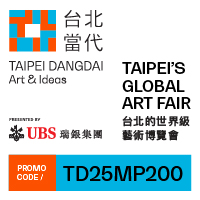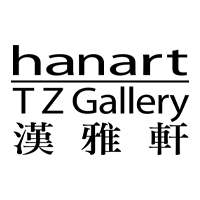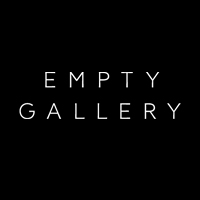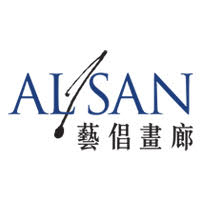Shop Till You Drop: Supermarket by MadeIn
Shanghai-based MadeIn Company is the brainchild of Chinese artist Xu Zhen, who in 2009, subsumed himself into what is ostensibly a strictly commercial company that produces and sells Art. Established as a saucy rejoinder to all things “Made in China,” MadeIn is also a rebuke to the prepackaged mechanics of the contemporary Chinese art market. Its works are ambitious and conceptually provoking—including performance, sculpture, video, photography, internet art and painting, as well as research and curation.
The Pleasure of Getting Lost: Heman Chong at The Reading Room
In September, on a Bangkok rooftop, a group of ‘wanderers and forgetters’ recently offered their concerted support as one of them struggled to memorise and retell word-for-word a story written by Heman Chong. They were gathered at Bangkok’s The Reading Room for the third in a series of exhibitions orchestrated by Chong—previously at Rossi & Rossi in Hong Kong and Future Perfect in Singapore—entitled The Part Of The Story Where We Lost Count Of The Days. The three-part structure of this work exemplifies the peripatetic artist-curator ’s mobility and sociability.
Preview: Art Stage Singapore
During its preview on Wednesday, Art Stage Singapore was hectic and crowded — not only with deadline-frantic media, but with eager collectors who, according to several local galleries, had already snapped up over a quarter of a million dollars’ worth of paintings and photographs by Singapore artists alone.
Spotlight: Laos at Singapore Biennale 2013
In the past few years, Laos’ art scene has remained relatively under the radar while neighboring Southeast Asian countries, such as Myanmar and Cambodia, have gained considerable international recognition (Vietnam and Thailand already having a notable presence). It was therefore a treat to see two Lao artists at this year’s Singapore Biennale.
ArtAsiaPacific Issue 142 (Mar/Apr 2025)
- Yasumasa Morimura
- Maria Taniguchi
- Wing Po So
- Angelica Mesiti
- Dumb Type
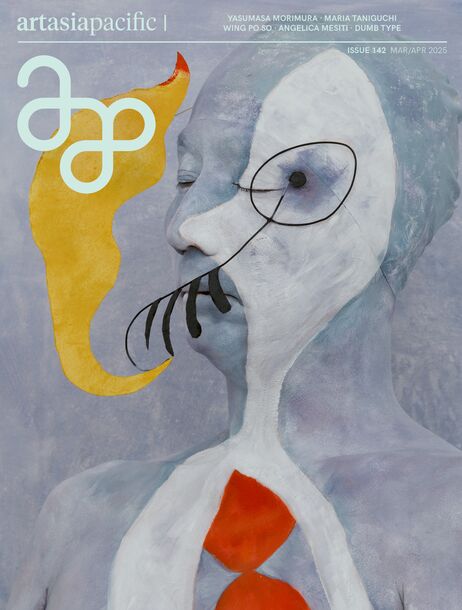
Order and Chaos: Interview with Shooshie Sulaiman
Shooshie Sulaiman was born in Malaysia in 1973. After receiving a BA in Fine Art from the MARA University of Technology (UiTM) in 1996, she was given the National Art Gallery of Malaysia’s prestigious Young Contemporaries Award. Currently based in Kuala Lumpur, Shooshie also runs 12 Residence, an exhibition and project space and art-infused guesthouse.
Singapore Biennale 2013: Preview
Singapore’s premier contemporary art exhibition, the Singapore Biennale, will open to the public on October 26. This year’s edition named “If the World Changed” will have a strong Southeast Asian focus bringing in 27 curators from around the region. This new curatorial model is aimed at developing a deeper knowledge of art scenes in the region, filling in the gaps where the Singapore Art Museum (SAM) curation is not as strong. In choosing this year’s curators, former director of SAM and project director of the biennale, Tan Boon Hui, said that the selection of curators started from “where we don’t know, people who have access to the scene, new art practices. . . this approach is taken in hopes of expanding the capacity of the Biennale.” With greater focus and intensity on this part of the world, curators selected a wide-range of projects to contextualize the unique practices, concerns and perspectives of artists from Southeast Asia. 82 artists and collectives from 13 countries, were invited to reflect on the current state of the world while offering re-imaginings for the future. Many venues are clustered in the Bras Basah. Bugis Precinct—including SAM, 8Q, National Museum of Singapore and Peranakan Museum—but some works can be seen beyond the main hub at locations such as Fort Canning and Taman Jurong. Here’s a teaser of of Singapore Biennale 2013’s offerings.
Singapore Biennale 2013: Parallel Event Openings
Two days before the official opening of the 4th Singapore Biennale, the art community has already begun its celebrations. Art spaces around town took advantage of the influx of regional and international attention to open exhibitions and inaugurate new spaces. Here is a glimpse of the events on Wednesday evening that kick-started festivities in the lion city.
Unmasked: Indonesian Artists in Singapore
A mask can serve many purposes—disguise, restraint, identity, totem—but in the hands of Indonesian artist Eko Nugroho, it becomes something more: a wry avatar of the artist’s private mythos and an insightful rejoinder to sociopolitical absurdity. Since the 1990s, he has parodied the political issues that emerged following the collapse of the Suharto regime. Nugroho’s solo exhibit at Singapore Tyler Print Institute, “We Are What We Mask,” includes over 70 handmade paper works, all produced during the artist’s six-week residency, including some 20 mask-based incarnations of outrage and dissent.
Talking about talking: "Between Conversations"
With a reputation for being less than accommodating to notions of free speech – approaching, at times, a caricature of regimented utilitarianism – Singapore is perhaps not the first place one would look to when seeking an open dialogue. “Between Conversations,” curated by Louis Ho at Yavuz Fine Art—which features the work of 20 Singaporean artists variously engaging the subject of conversational process—therefore acquires greater significance as a timely exploration advocating speaking with one another rather than speaking to.
A Tale of Two Exhibitions: Warhol in Singapore and Hong Kong
A traveling show of the largest collection of Andy Warhol’s works opened at the Hong Kong Museum of Art (HKMA) in December. “Andy Warhol: 15 Minutes Eternal,” organized by The Andy Warhol Museum in Pittsburgh, Pennsylvania to mark the 25th anniversary of the artist’s death, hit Singapore’s Art Science Museum (ASM) in March before coming to Hong Kong and continuing onto Shanghai, Beijing and Tokyo. Having visited the exhibition in both Singapore and Hong Kong, I found suggestive differences between the two editions.
Art Fair Report: Art Stage Singapore
The third edition of Art Stage Singapore (January 24–27) coincided with Singapore Art Week and the first “public showcase” of the Centre for Contemporary Art at Gillman Barracks prior to its long-awaited opening later in the year. January thus became a merry onslaught of openings, special exhibits, artist talks and performances across the island-city.
